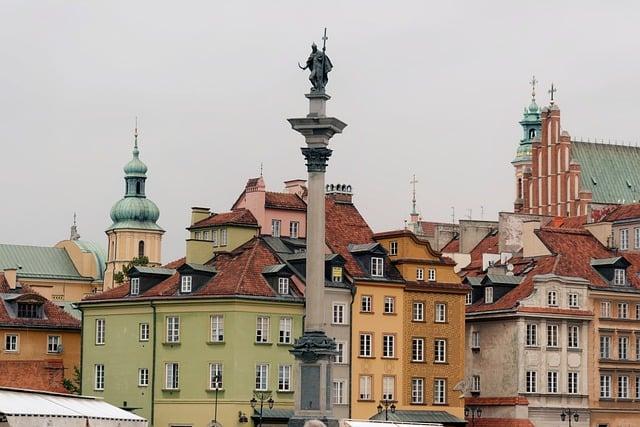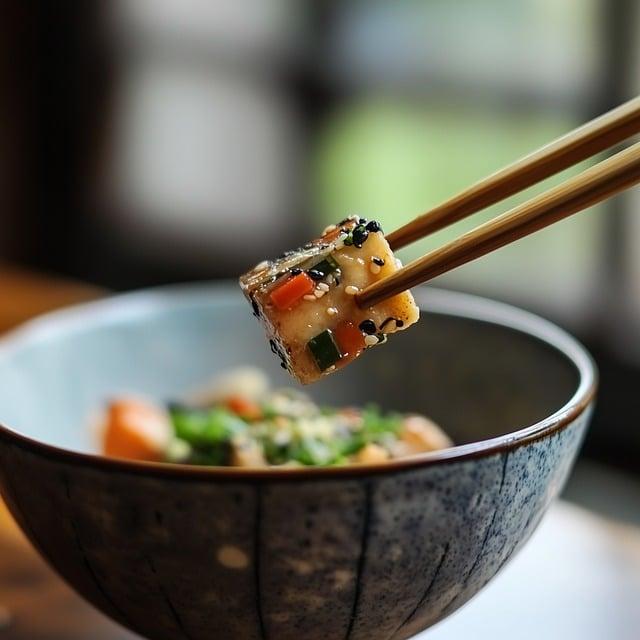In a humble town, under a starlit sky, a young couple sought shelter. Mary, heavy with child, and Joseph knocked on doors, but all were closed. a kind innkeeper offered them a stable. That night, amidst the animals’ gentle breaths, a child was born. Angels sang, and shepherds came, drawn by a bright star. This child, named Jesus, would grow to teach love and compassion. The true story of Christmas isn’t just about gifts or feasts; it’s about hope, kindness, and the light that shines in the darkest of times.
Table of Contents
- The Historical Roots of Christmas Traditions
- Exploring the Cultural Evolution of Christmas Celebrations
- Unpacking the Symbolism Behind Christmas Customs
- Embracing the Spirit of Christmas: Modern Practices and Reflections
- Q&A

The Historical Roots of Christmas Traditions
The tapestry of Christmas traditions is woven from a rich history that spans centuries and cultures. Many of the customs we cherish today can be traced back to ancient pagan festivals, such as the Roman celebration of Saturnalia, which honored the god Saturn with feasting, gift-giving, and merriment. Similarly, the winter solstice festivals celebrated by various cultures emphasized the return of light and the rebirth of the sun, symbolizing hope and renewal. As Christianity spread, these vibrant traditions were adapted and integrated into the celebration of the birth of Jesus Christ, creating a unique blend of religious and secular practices.
Among the most enduring symbols of Christmas are the **evergreen trees**, which represent eternal life, and the **Yule log**, a remnant of ancient winter solstice rituals. The tradition of **caroling** can also be traced back to medieval times when groups would sing songs to spread cheer and goodwill. Additionally, the practice of **exchanging gifts** has roots in both the Magi’s offerings to the newborn Jesus and the Roman custom of giving presents during Saturnalia. These elements, along with the incorporation of various cultural influences over time, have shaped the multifaceted celebration we recognize today, making Christmas a truly global phenomenon.

Exploring the Cultural Evolution of Christmas Celebrations
The celebration of Christmas has undergone a remarkable transformation over the centuries, influenced by various cultures, traditions, and historical events. Initially rooted in ancient pagan festivals, such as the Roman Saturnalia and the Norse Yule, the holiday was a time of feasting, merriment, and the welcoming of winter’s return. As Christianity spread, these customs were gradually woven into the fabric of the holiday, leading to the establishment of December 25th as the birth date of Jesus Christ. This melding of traditions gave rise to a rich tapestry of practices, including:
- Gift-giving: Originally a symbol of goodwill and charity, this practice has evolved into a commercial phenomenon.
- Decorating trees: The evergreen tree became a symbol of eternal life, with ornaments and lights representing joy and hope.
- Feasting: Traditional meals vary widely across cultures, reflecting local ingredients and customs.
As the centuries progressed, the influence of literature and media further shaped the holiday’s identity. The publication of Charles Dickens’ “A Christmas Carol” in the 19th century rekindled the spirit of generosity and compassion, while the commercialization of Christmas in the 20th century introduced iconic figures like Santa Claus, who embodies the spirit of giving. Today, Christmas celebrations are a blend of religious observance and secular festivities, showcasing a diverse array of customs that include:
- Caroling: Singing festive songs that spread cheer and community spirit.
- Holiday markets: Vibrant gatherings that celebrate local crafts, foods, and traditions.
- Charitable acts: Many people engage in giving back to their communities, reflecting the holiday’s core values.

Unpacking the Symbolism Behind Christmas Customs
Christmas customs are rich with symbolism, each tradition weaving a tapestry of meaning that reflects both historical and spiritual significance. For instance, the **Christmas tree**, adorned with lights and ornaments, symbolizes the **Tree of Life** and the hope of eternal life. The evergreen nature of the tree represents resilience and renewal, reminding us that even in the darkest winter months, life persists. Similarly, the act of decorating the tree can be seen as a celebration of the beauty and joy that comes from nurturing our relationships with family and friends.
Another prominent symbol is the **nativity scene**, which captures the essence of Christmas by depicting the birth of Jesus. This humble setting serves as a reminder of the values of **humility** and **compassion**, encouraging us to reflect on the importance of kindness and generosity in our own lives. The **star** that guides the Wise Men to the manger signifies hope and guidance, urging us to seek our own paths toward enlightenment and understanding. Each of these customs, from the **stockings hung by the fireplace** to the **carols sung in celebration**, invites us to explore deeper meanings and connect with the spirit of giving and love that defines the season.
Embracing the Spirit of Christmas: Modern Practices and Reflections
As the holiday season approaches, many find themselves reflecting on the essence of Christmas, a time steeped in tradition yet continually evolving. **Modern practices** have woven a rich tapestry of celebration that honors both the historical and the contemporary. Families gather to share meals, exchange gifts, and create memories, often blending cultural influences that enrich their celebrations. The spirit of giving transcends mere materialism, as acts of kindness and charity become focal points, reminding us of the importance of community and compassion. This season encourages us to embrace the warmth of togetherness, fostering connections that can last a lifetime.
In addition to traditional festivities, **contemporary reflections** on Christmas invite us to consider its deeper meanings. Many individuals engage in personal rituals, such as volunteering at shelters or participating in community service, which highlight the significance of altruism during this time. The act of storytelling also plays a crucial role, as families share tales of their heritage and the origins of Christmas, bridging generational gaps. By embracing these modern practices, we not only celebrate the holiday but also cultivate a sense of purpose and understanding, ensuring that the true spirit of Christmas resonates in our hearts and actions throughout the year.
Q&A
-
What is the origin of the Christmas story?
The Christmas story originates from the biblical accounts of the birth of Jesus Christ, primarily found in the Gospels of Matthew and Luke. It narrates the journey of Mary and Joseph to Bethlehem, the birth of Jesus in a manger, and the visit of shepherds and wise men who came to honor the newborn king.
-
Why do we celebrate Christmas on December 25th?
December 25th was chosen as the date to celebrate Christmas in the 4th century, likely to coincide with existing pagan festivals that celebrated the winter solstice. This strategic timing helped to ease the transition to Christianity for many converts and allowed for the integration of various cultural traditions.
-
What are some common Christmas traditions?
Christmas traditions vary widely around the world, but some common practices include:
- Decorating Christmas trees
- Exchanging gifts
- Singing carols
- Attending church services
-
Is Santa Claus part of the true story of Christmas?
Santa Claus, derived from the historical figure of St. Nicholas, has become a popular symbol of Christmas. While he is not part of the biblical narrative, his legend embodies the spirit of giving and joy associated with the holiday season.
As we unwrap the layers of history, tradition, and belief surrounding Christmas, we find a tapestry woven from diverse threads. Whether through faith, culture, or celebration, the true story of Christmas invites us all to reflect on hope, joy, and togetherness.

大家好,我是彼得潘,專業的手法身體治療師。我喜歡探索和研究各種主題,並透過與人工智慧的合作分享專業、實用、有趣的文章。我們定期進行人工審核,以確保內容的準確性。如果您發現文章中有任何不準確的地方,請隨時與我們聯繫,我們會及時糾正。您可以透過 [email protected] 與我們聯繫。



